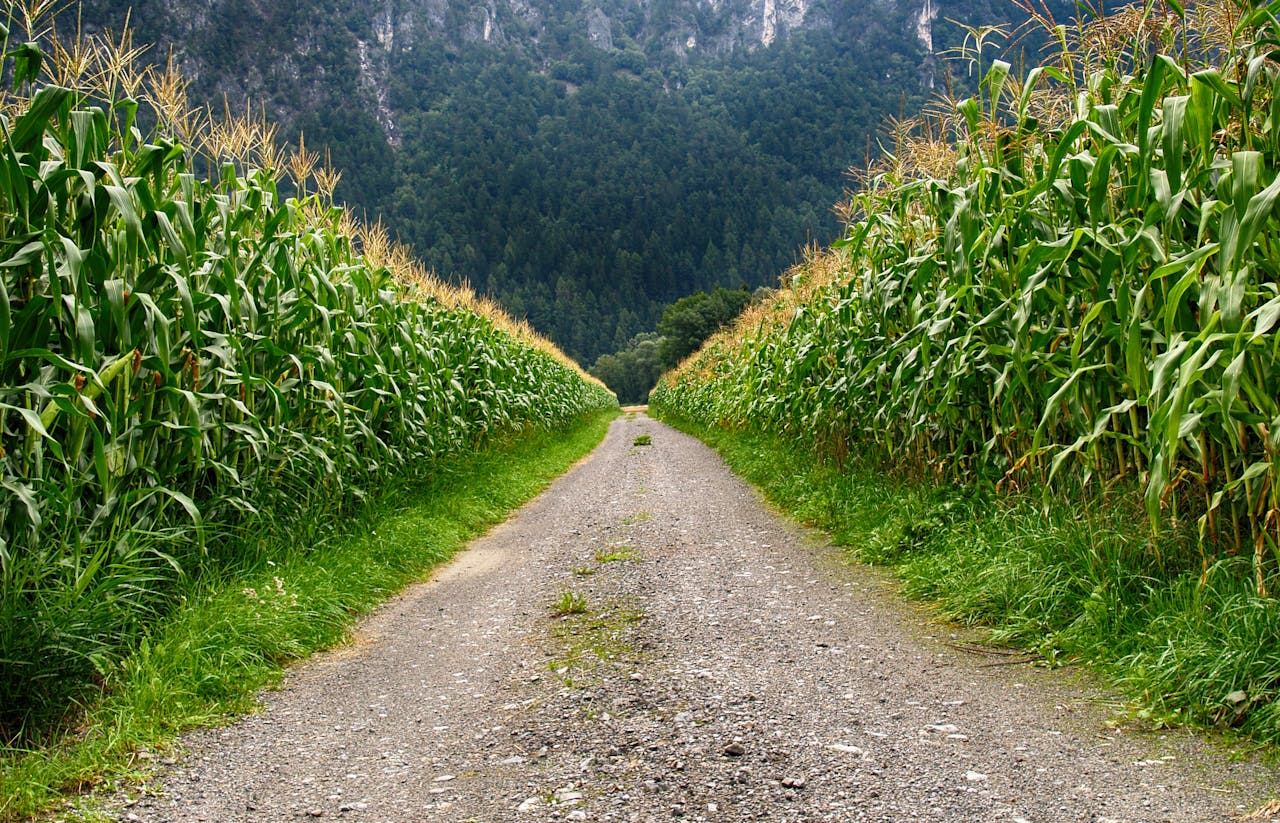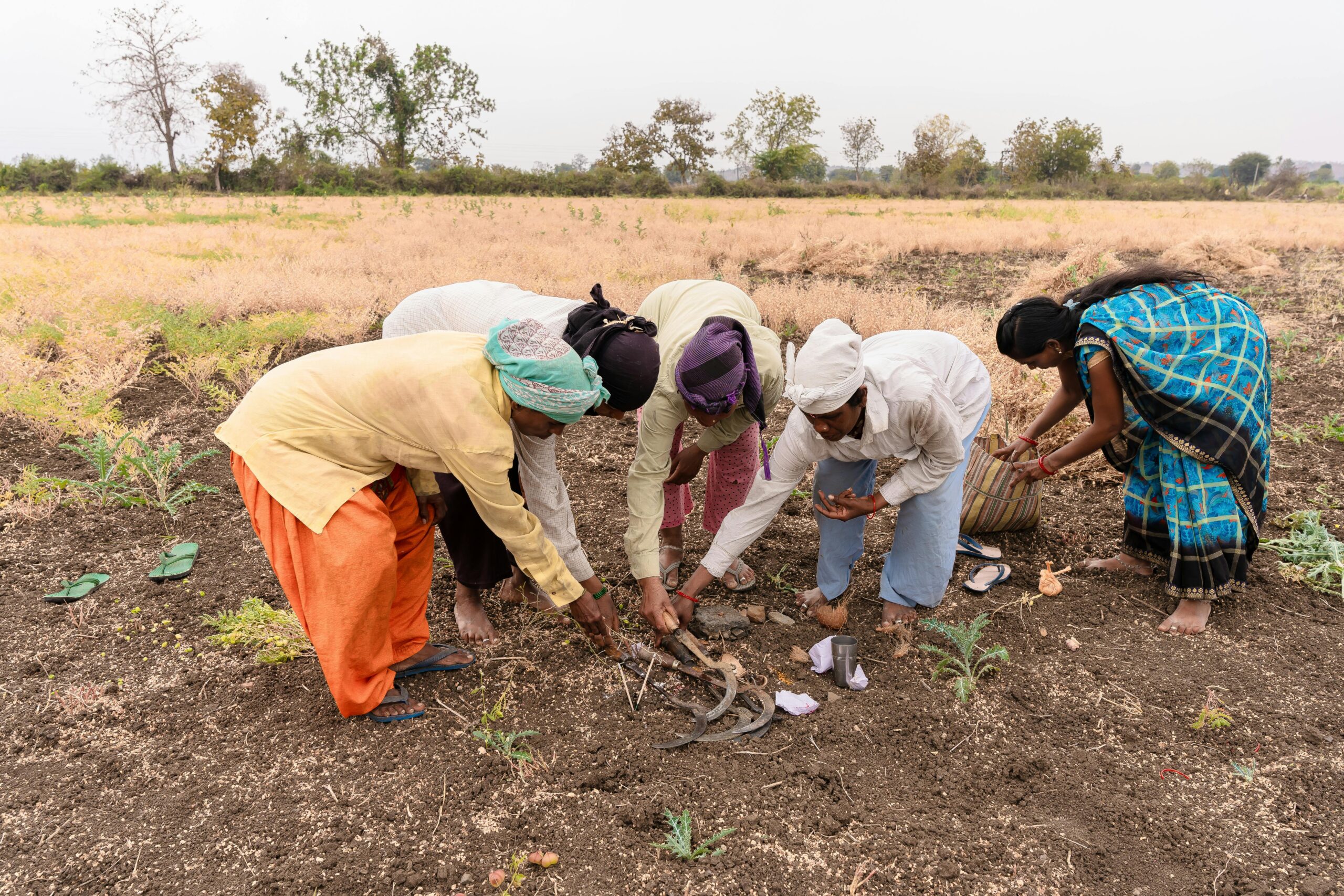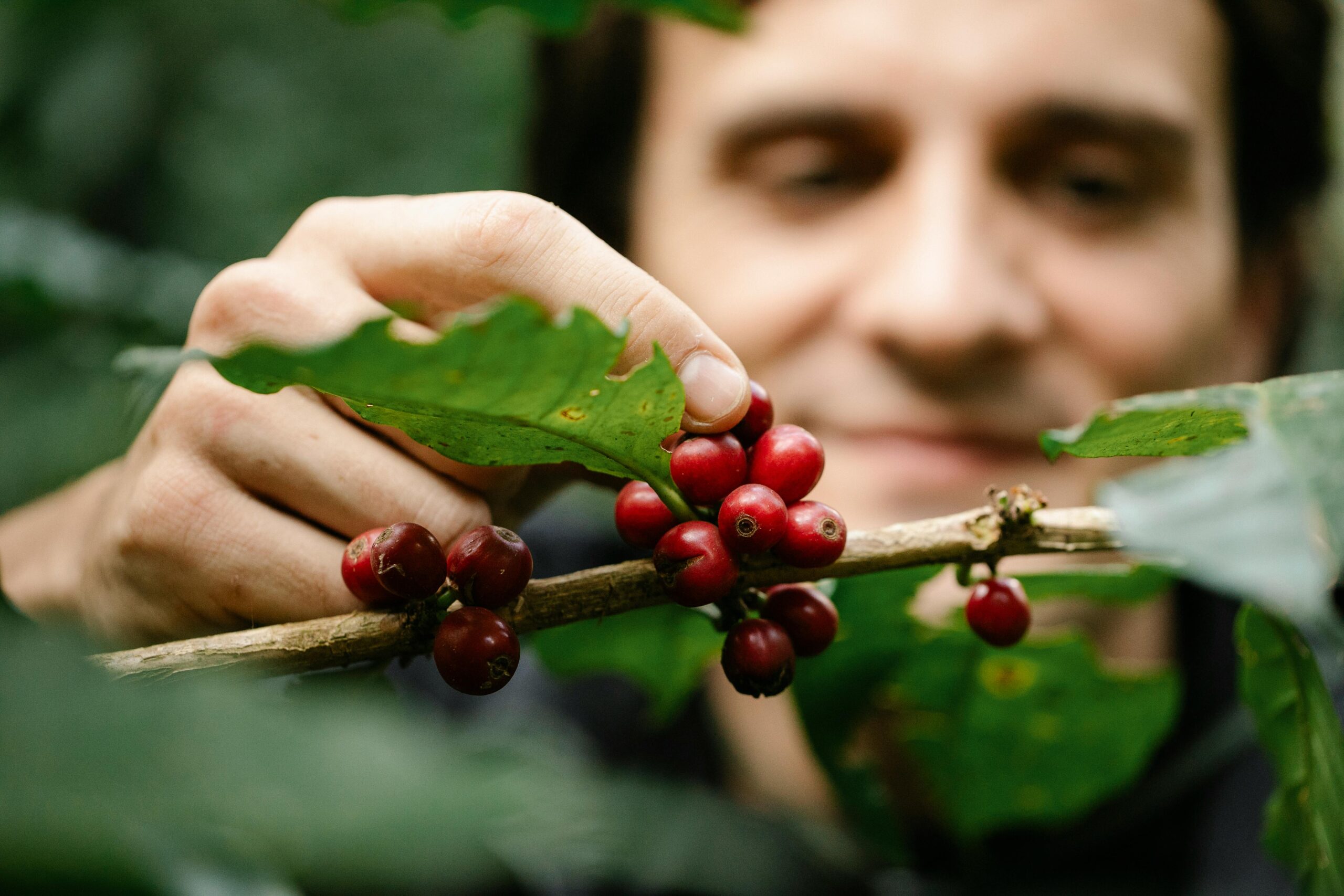As climate instability and natural disasters are becoming more frequent, the problem of food security has become critical for the development of vulnerable populations all over the world. It is worst in areas that experience disasters often because agricultural production and food distribution chains are disrupted. Consequently, food barns that have been constructed as part of Disaster Risk Reduction (DRR) measures offer a promising model to build food security and community resilience. Food barns provide protected storage, emergency food supplies, and a local distribution center which allows communities to be prepared and recover from disasters. This paper aims to discuss the significance of food barns in food security programs especially as a DRR mechanism.
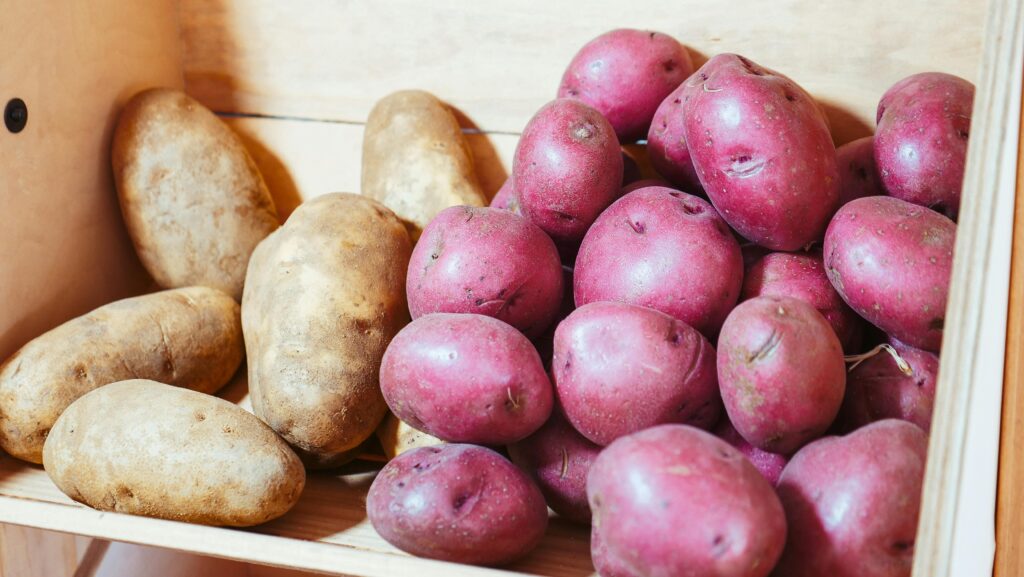
The Role of Food Barns in Disaster Resilience and Food Security
Food barns are in effect storage depots that are utilize to store and distribute food stuffs in local areas. They are not just used for storage alone; when deployed in DRR framework, they offer a safe haven to a community in the event of disruptions occasioned by disasters like floods, droughts, and landslides. As designed strategically, the food barns help to protect essential food stocks, guarantee people access to food in emergencies, and contribute to the stability of communities in difficult conditions.
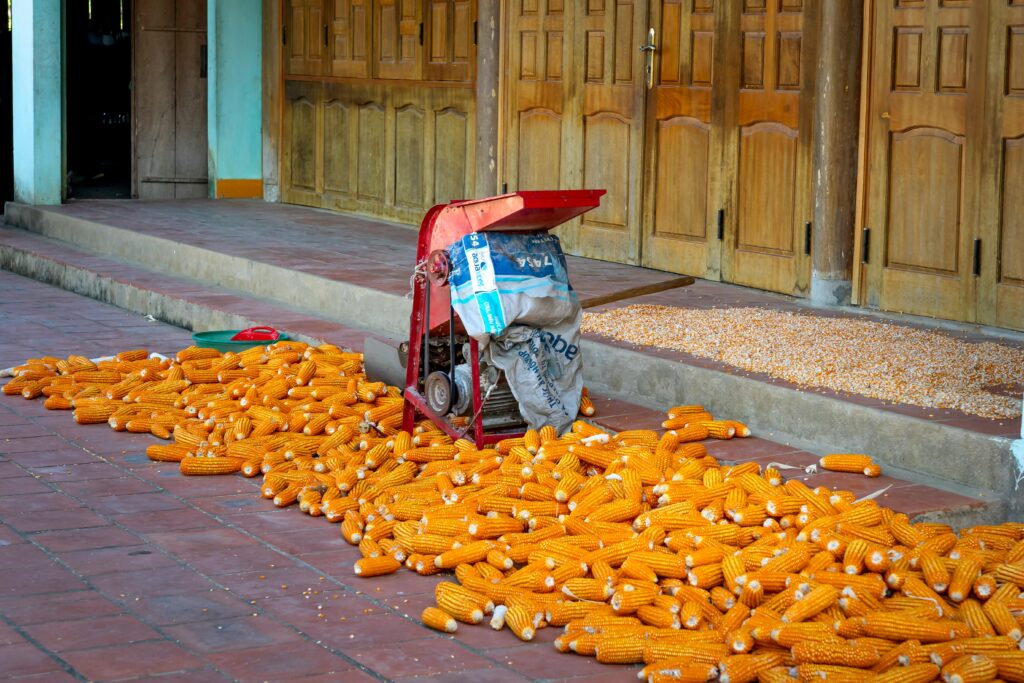
- Food Security and Emergency Stocks and Disasters
In a DRR-centered food security program, one of the main roles of a food barn is to act as a store of food in case of emergency. That, way, society ensures it has its required supplies of non-perishable and nutrient dense foods for supply shortage and agricultural disruption caused by natural disasters. In special circumstances such as disasters, serious weather conditions and other comparable calamities, food barns make sure that food stores are stable. This is particularly important in areas of low market accessibility or where road networks maybe disrupted due to one reason or the other. Food barns help to decrease the reliance on outside aid and to maintain the ability to respond quickly and from within the community.
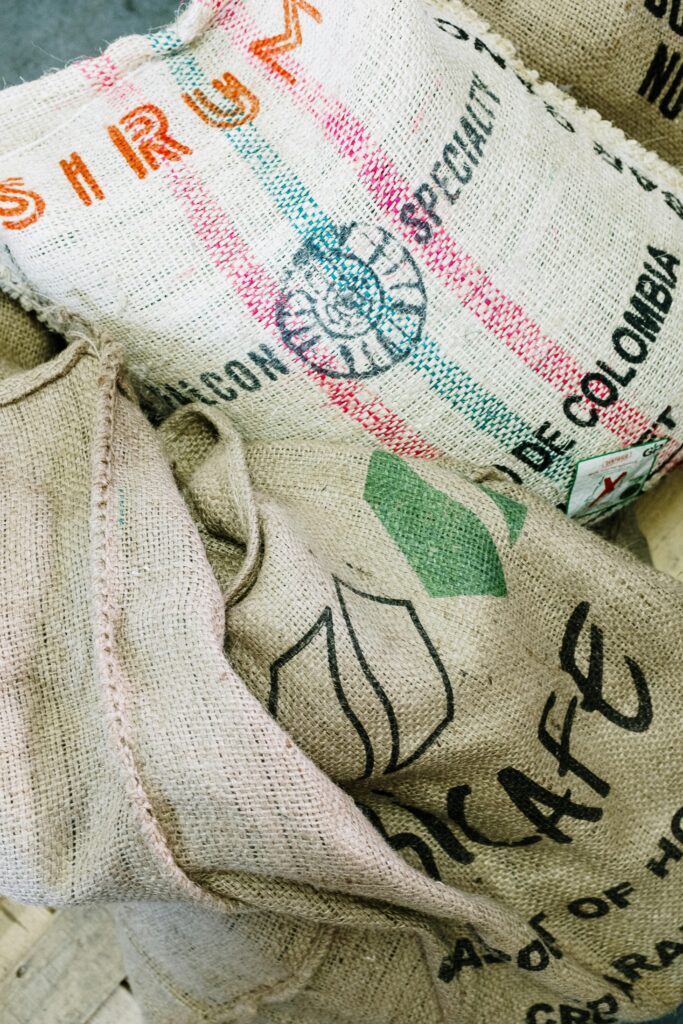
- Structural Resilience and Disaster-Proof Design
Food barns should be designed to meet the various challenges of each area to enable them operate during disasters. For instance, food barns in the flood zone should be built on floodproof foundations while those in the dry regions should have cooling mechanisms to preserve perish age. The primary functional requirement is structural resilience because any breakdown in the barn’s structure poses a risk of contamination or loss of food stocks and access during disasters. Another reason for centralization of the food barn in a safe and easily accessible place is that, despite a highly volatile environment, the food barn remains functional and provides food and other essentials to members of the community especially the elderly, children, and physically challenged person.
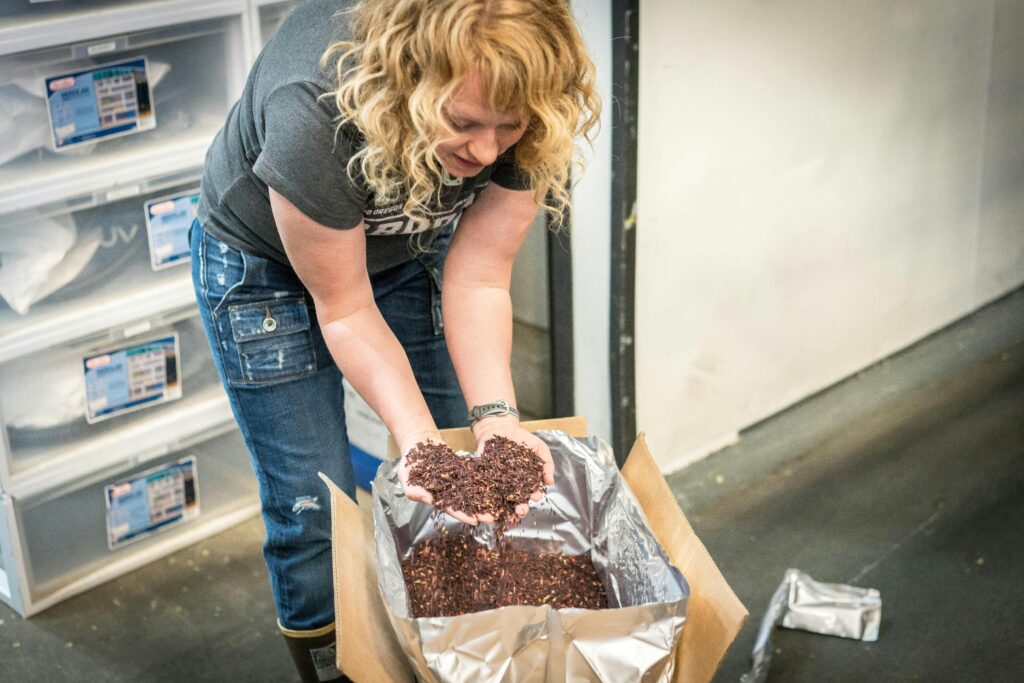
- Community Relations and Response Training
Disaster risk reduction is a community based and requires involvement and preparation before, during and after disaster occur. Food barns serve as point of reference in training and capacity building of community member in emergency response and food security. Through the creation of local committees that are suppose to oversee the management of the food barn, communities would create and perfect disaster response mechanisms that would facilitate proper dispensation of food items during disasters. Food handling, storage management and emergency distribution training also enable the community members gain knowledge on how to manage the food barn on their own thus promoting local capability in disaster preparedness. This model of functioning creates local ownership; thus, the community is able to sustain such operations for a long time.
- Connectivity with Early Warning and Disaster Management Systems
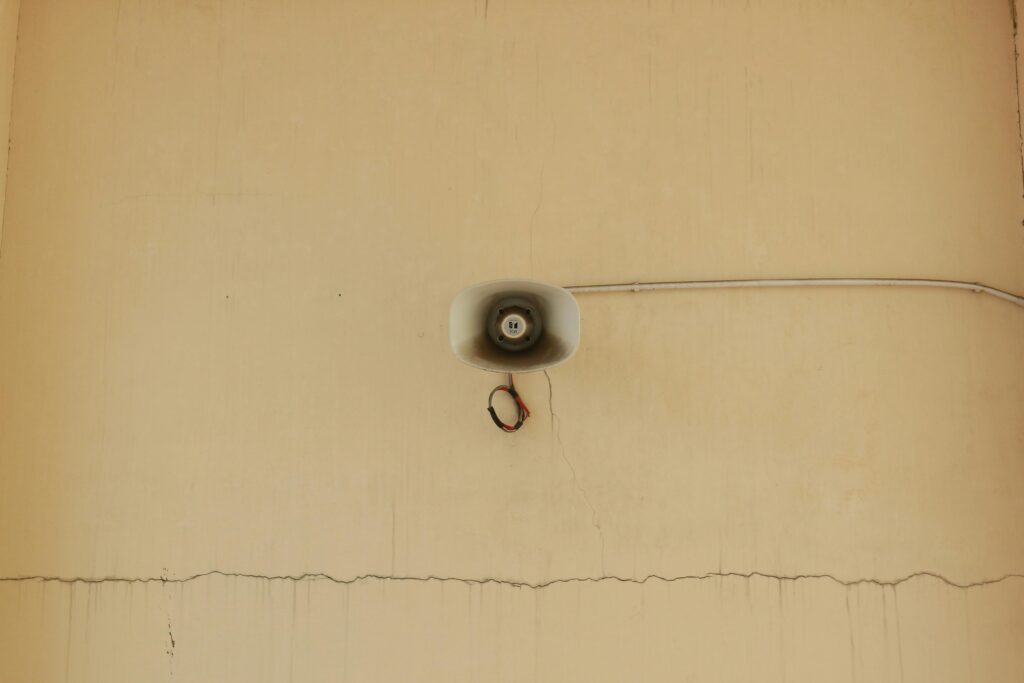
The use of a food barn in a context of DRR is more effective when it is connected to regional early warning systems and disaster management networks. Depending on the levels of early warnings, communities are in a position to engage food barns in preparing or mobilizing for extra supplies or even to feed in advance of a disaster. This integration reduces the effect of the crisis since it addresses the time between the occurrence of the disaster and the availability of the food needed to prevent such critical scarcities. Also, cooperation with local administrations, NGOs, and the heads of disaster management agencies means that food barns are in harmony with other actions taken to provide aid, and resources are applied where they will be the most effective in the short term.
- Assisting in Post Disaster Assistance and Food Security
In response to a disaster, food barns are very useful in providing recovery and reconstruction endeavors. Disasters have been known to cause long term disruptions in food production hence farmers are unable to grow or harvest crops. In this crucial restoration phase, food barns take the immediate pressure of local farmers for food production while they work on restoring their soils. In addition, food barns can also play an important role of ensuring that foods that are basic requirements in the diet of any human being are available even after disasters resulting to malnutrition. This continuity assists in reducing the impacts on communities, both economically and socially which will allow for a more efficient recovery process.
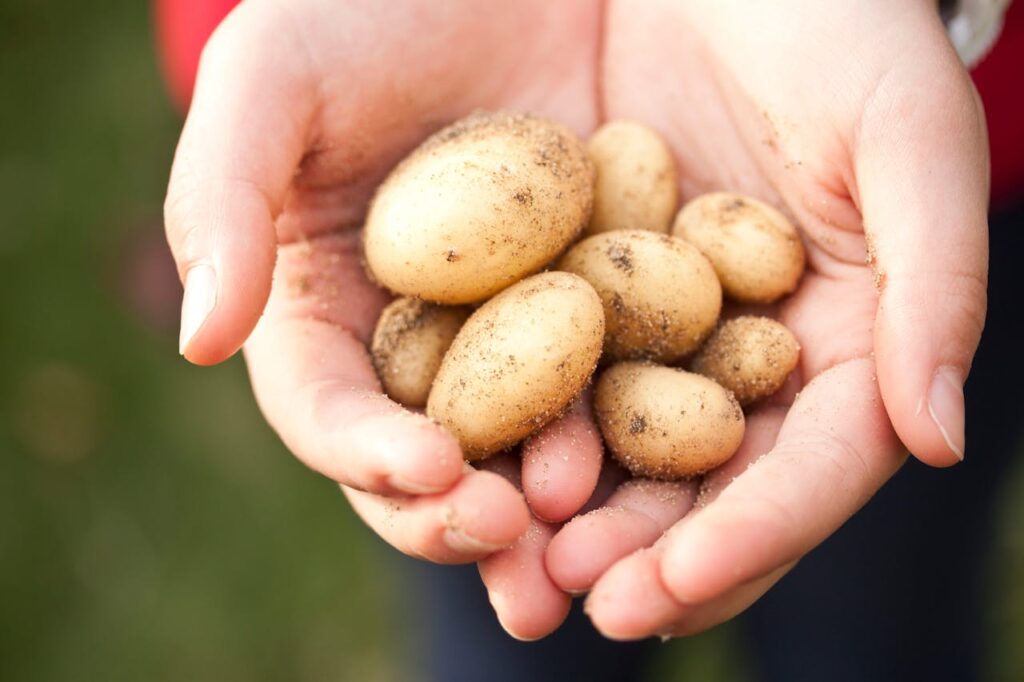
- Environmental Management and Long-Term Consequences
A food barn that has been set up to support a DRR program can also be designed to be sustainable, meaning that more than simple emergency gain from the structure. As a result of the use of the green building materials and green energy systems like solar power for lighting and air conditioning, the food barns will be environmentally friendly and can effectively meet service delivery in off-grid or disaster-prone regions. Further, food barns can encourage the preservation of climate-enduring crops and diversification that would contribute to the community’s flexibility to future climate changes. This ensured not only the environmental friendliness of the food barns but also the fact that it remains not only financially viable but also an active working concept for the upcoming generations.
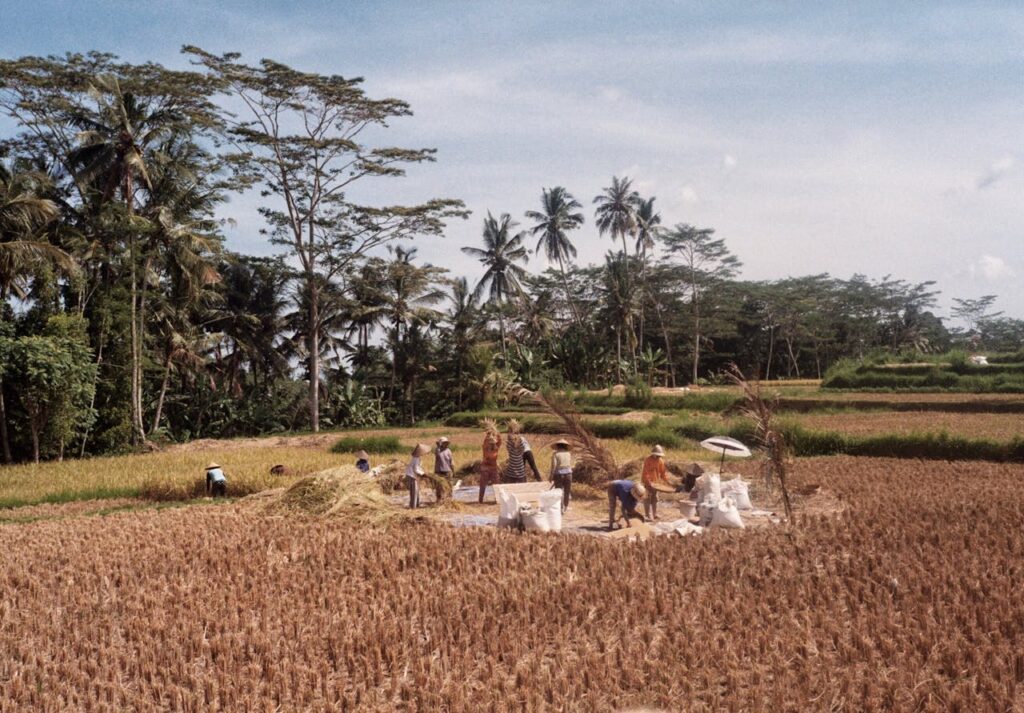
Food barns are a useful approach in improving the food security status while at the same time strengthening the community’s capacity to respond to natural disasters. When well planned and incorporated appropriately within a Disaster Risk Reduction (DRR) framework, food barns provide a store of food, a robust and long-lasting means of storage and a focus for community development and resilience. In that way, the food barns stabilize food supply during the crises and contribute to communities’ recovery after the disaster, thus strengthening the local food system. More so, as climate change and natural disaster persist in destabilizing the world and the global food system, food barns built with DRR principles present a viable course toward building more sustainable, and food-secure societies.
